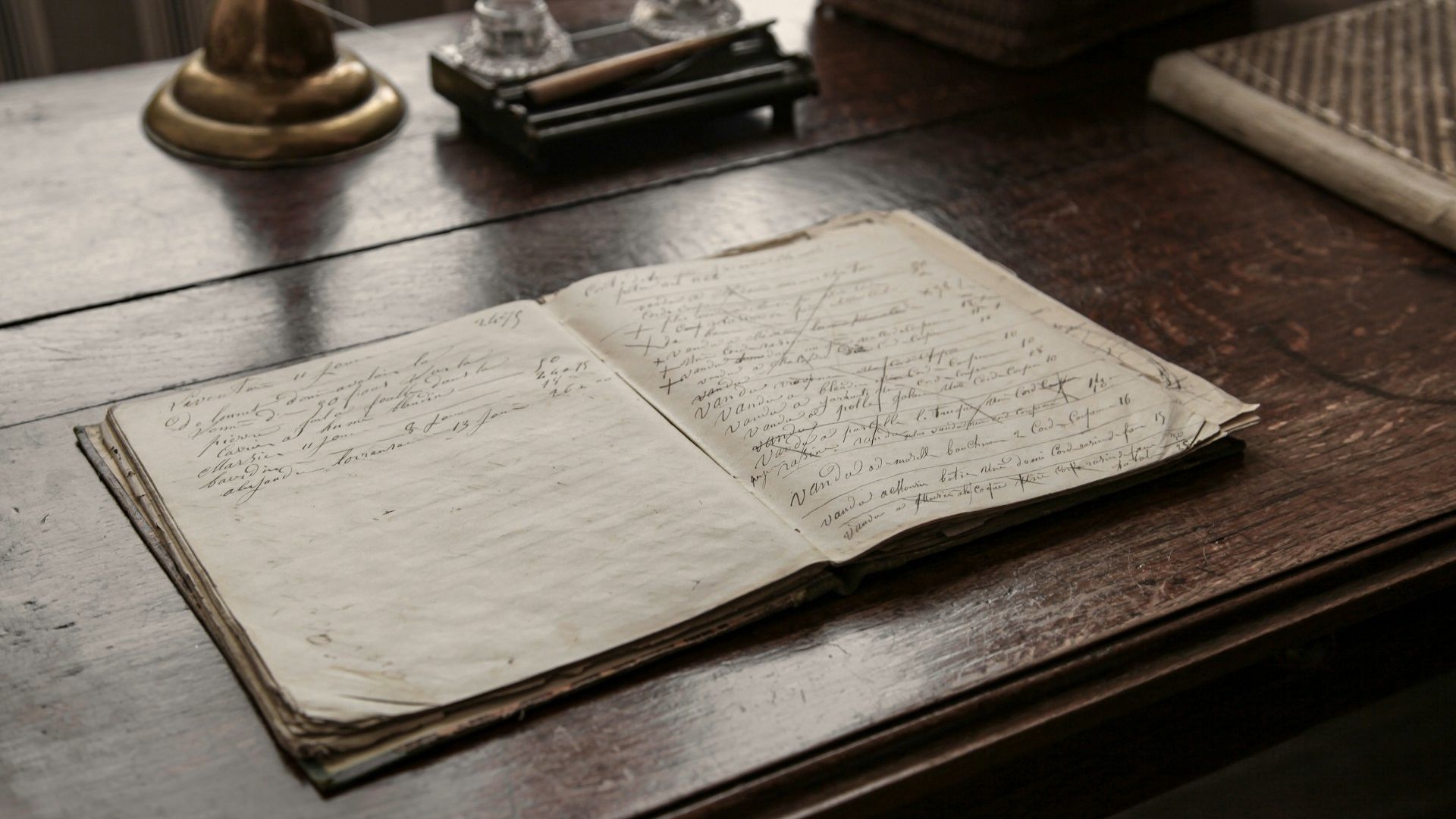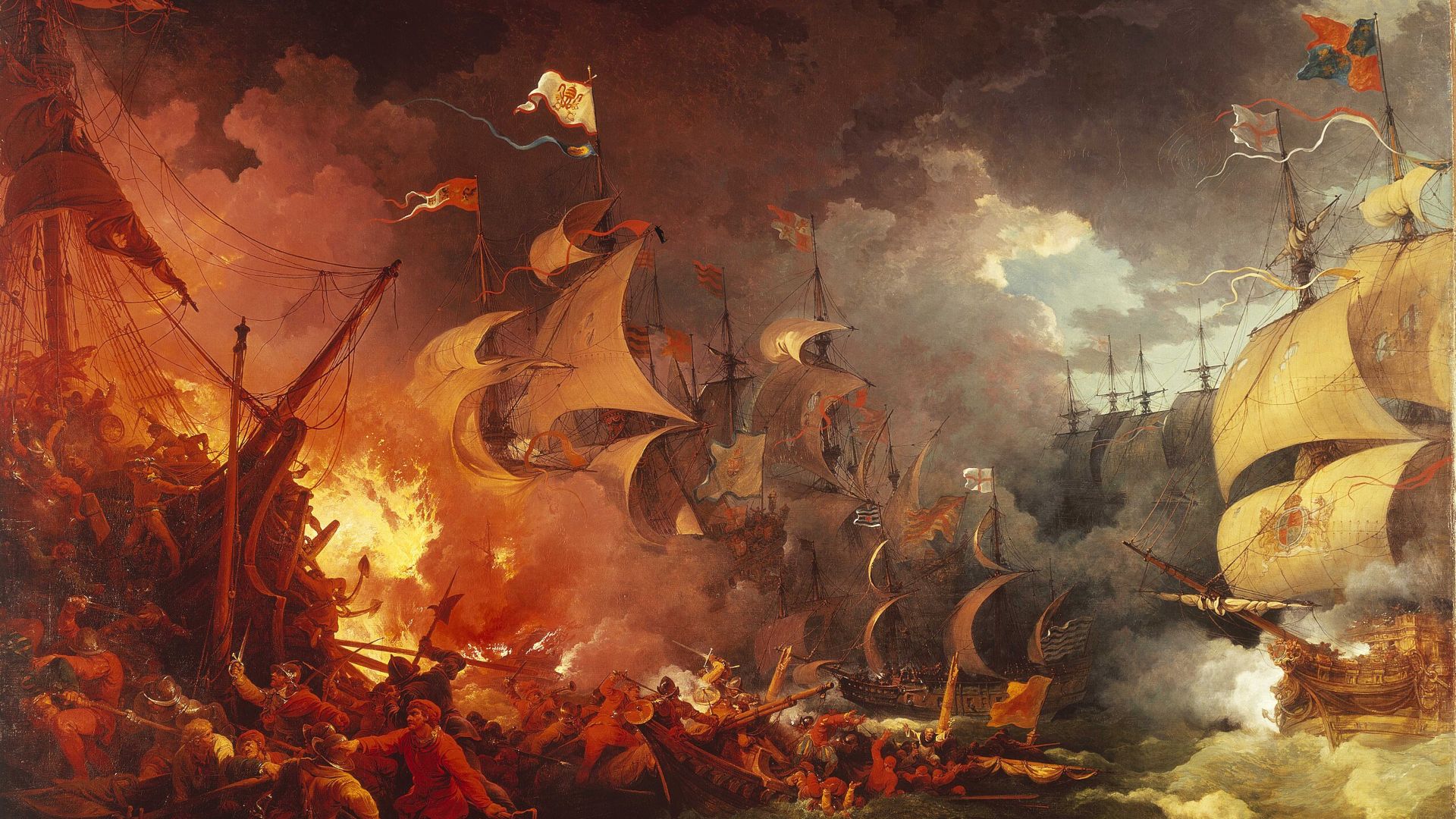A recently re-discovered manuscript reveals an extensive list of spies working for Elizabeth I of England and her legendary spymaster, Robert Cecil.
The document puts the 1605 Gunpowder Plot, an underground war with Spain and early spy techniques such as ciphers into greater context and tells the story of the formation of England’s first organized Secret Service.
Secret Dossier with List of Spies

Robert Cecil, Elizabeth I’s spymaster, kept a dossier in his office with a list of spies that worked for him, operating all across Europe.
When a coded message came in from one of his spies, he could refer to the document, find the spy’s file and use it to decode the message.
Cecil Helped Foil the Gunpowder Plot

Robert Cecil is known as the discoverer of the Gunpowder Plot, which was the planned assassination of King James I by blowing up parliament with gunpowder.
The foiling of the Gunpowder Plot is still commemorated today in Great Britain every November 5, where it is known as Guy Fawkes night after one of the conspirators involved in the plot. It is often celebrated by burning an effigy of Fawkes on a large bonfire.
Manuscript Started over 4 Centuries Ago

The document was believed to have been started in 1596, and it was filed away by Victorian archivists hundreds of years later.
The Victorians appeared to have overlooked the file, putting it in a folder marked ‘Miscellaneous’.
Victorians Often Careless With Files

Historians have made several interesting discoveries in files lumped together under the ‘Miscellaneous’ tag by careless Victorian archivists.
“The Victorians had a habit, where if they came across papers that didn’t make sense to them, that were a little mysterious and couldn’t be filed away in a neat and tidy way, they would scratch their heads and then stick them in a miscellaneous folder and ignore them,” explained historian Stephen Alford to The Observer magazine.
Early Spies Just “a Bunch of Rogues”

Prior to the organization of Cecil’s Secret Service, ‘spies’ would turn up irregularly with information looking for payment.
These spies, “just a bunch of rogues,” according to Alford, worked in European courts and were quite a different breed to the more professional spies that would follow them.
Recruited Spies Were Linguists

When Cecil was assembling his Secret Service, he tended to recruit merchants, who came with a number of advantages.
Merchants travelled frequently, were literate and could speak a number of different European languages. They also frequently had their own contact networks.
Regular Payments and Coded Messages

Cecil’s spies were professional, receiving regular payments and sending regular updates, which were coded according to their unique cipher.
When their messages were received by Cecil, he would find their file, which had their unique cipher. The cipher then allowed him to decode the hidden message.
Usefulness of Having Spies Across Europe

In the years following Spain’s attempt to conquer England in 1588, Cecil set up spies to gather information on the potential for future attacks.
He had a gang of spies watching the Atlantic coast for any signs of a Spanish attack. The spies pretended to be selling illicit goods as cover.
The First Secret Service

Robert Cecil’s organized network of spies fundamentally changed the way his country was able to collect data about the movements and thinking of governments across Europe.
Stephen Alford says: “Cecil was running a well-funded, organized system and that makes an enormous difference to how he is able to operate politically – it really gives him proper information, not haphazard news or gossip. It’s the first English Secret Service.”


